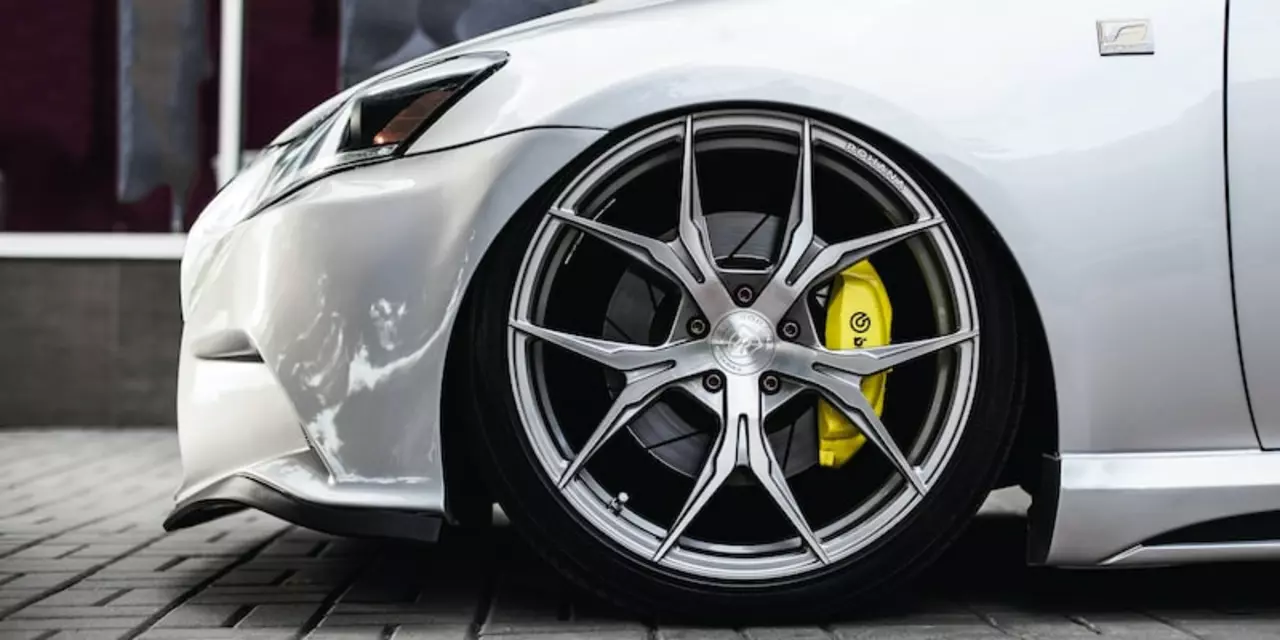What a Differential Does and Why It Matters
If you’ve ever wondered why your car can turn a corner without screeching tires, the answer is the differential. It’s the part that lets the left and right wheels spin at different speeds when you steer. Without it, wheels would fight each other, you’d lose grip, and the car would feel stiff. In everyday driving or high‑speed racing, a well‑working differential keeps power smooth and traction strong.
How a Differential Works
A differential is basically a set of gears that sit between the drive shafts and the wheels. When you go straight, the gears turn both wheels at the same speed. Turn a corner, and the gears allow the inside wheel to slow down while the outside wheel speeds up. This happens because the gear teeth can split the engine’s torque between the two outputs.
The most common type is the open differential. It’s cheap, simple, and works fine on dry pavement. The downside shows up when one wheel loses grip – the open diff sends most of the power to the slipping wheel, leaving the other wheel starved.
Racing teams and off‑road enthusiasts often choose a limited‑slip differential (LSD). An LSD adds clutch plates or gears that limit how much the wheels can spin apart. That means even if one wheel starts to slide, the other still gets enough torque to push the car forward.
For extreme conditions, there are locking differentials. These can lock both wheels together, forcing them to spin at the same speed. You’ll see them in rock‑crawling trucks or rally cars where maximum traction is critical.
Choosing the Right Differential for Your Ride
First, think about where you drive. Street drivers usually stick with the factory open diff because it’s quiet and cheap to replace. If you do a lot of track days, an LSD gives you better corner exit speeds and more predictable handling.
Second, consider your car’s power. High‑horsepower builds benefit from a stronger diff that can handle the extra torque without stripping gears. Many performance shops offer upgraded gear sets or even torque‑vectoring differentials that can actively send power to the wheel that needs it most.
Third, look at your budget. Upgrading to an LSD can cost a few hundred dollars for a bolt‑on unit, while a full‑split torque‑vectoring system can run into the thousands. Always weigh the cost against the amount of time you’ll spend on the track or off‑road.
Installation is usually straightforward for bolt‑on kits, but a custom swap may need new driveshafts or mounts. If you’re not comfortable pulling the car apart, get a professional to do the work – a mis‑aligned diff can cause vibration and premature wear.
Finally, think about maintenance. All differentials need fluid changes. Cheap fluid leads to noisy gears and eventually failure. Use the viscosity your car maker recommends, and change it every 30,000 miles or according to your driving style.
Keeping an eye on the sounds coming from your rear end can save you a lot of money. A whining noise often means low fluid or worn bearings, while a grinding sound points to gear damage. Catching these early means a simple fluid top‑up or seal replace instead of a full rebuild.
In short, the differential is the unsung hero that lets your car turn, accelerate, and stay stable. Knowing the basics, picking the right type, and staying on top of maintenance will keep your ride fast and reliable, whether you’re on the highway or the race track.
What is the best type of rear end, differential, for car racing?
Racing cars require a special type of differential for the rear end in order to provide the best performance. The best type of differential for car racing is the limited-slip differential (LSD), which is designed to reduce wheel spin and improve traction. The LSD is usually made up of clutch plates and a special gear oil, and is also known as a torque-sensing differential. It is able to sense the difference in speed between the two driving wheels, and can adjust the power delivery accordingly. The helical LSD is another popular option, as it is much quieter and more efficient than the clutch-based type. Both types are more expensive than the open differential, but offer improved performance and handling.






